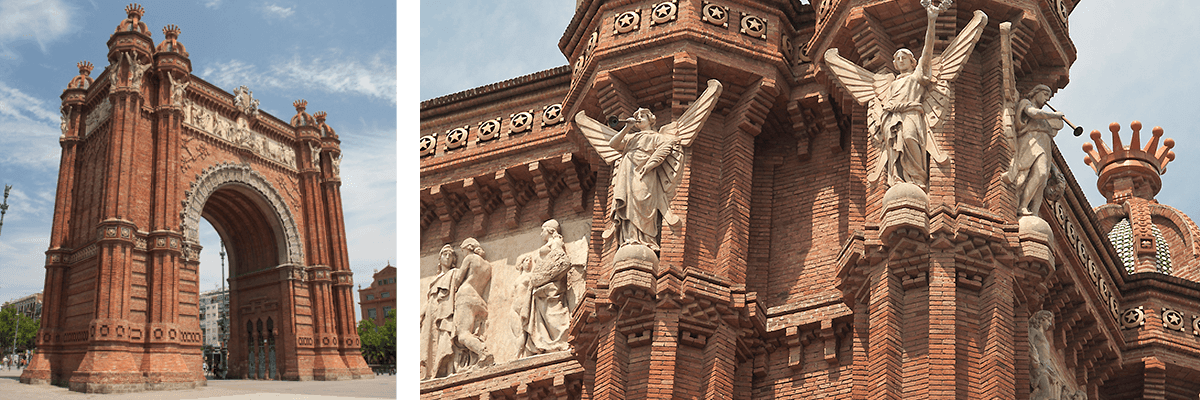There are many beautiful buildings in Barcelona, but some of the most unique and distinctive structures including the Sagrada Família Basilica were designed by Antoni Gaudí.
Born in Reus in 1852, Antoni Gaudí received his Architectural degree 26 years later. From the beginning his designs were a radical departure from traditional construct. Gaudí took his inspiration from nature and his work developed an organic style inspired by natural forms. The flow of water, grain of wood, the way tree branches grow and spread out, the symmetry and also randomness of nature – all can be seen in his work. He normally didn’t draw plans but rather preferred to create models and sculptures so he could feel the work taking shape in 3 dimensions.
Most of Gaudí’s work is in Barcelona, including his masterpiece, the Basílica i Temple Expiatori de la Sagrada Família (Sagrada Família Basilica), originally started in 1883 but as of 1915 he was completely devoted to working on up until the day he died. The Basilica should be finally completed in 2026.
He also used color to a much greater extent than his contemporaries, using broken pieces of ceramic which normally would have been discarded, stained glass, and tiles. He planned every detail right down to custom door knobs. As you travel around Barcelona you will see how he used every different kind of material – they each had a purpose. From wrought Iron to curved stonework, plaster, and incredible woodwork that achieves a flowing organic feel for his interiors.
Gaudí preferred solitude, most people considered him arrogant and anti-social but the few close friends he had considered him to be a kind man who only wanted to work and be left alone. As he grew older he neglected his appearance and dressed in old, worn-out suits. Sometimes people saw him on the street and mistook him for a beggar. In 1926 just before his 74th birthday he was hit by a trolley car, and since he was dressed like a bum, he did not receive immediate first aid. Soon after he was finally taken to a hospital where he died.
Gaudí´s work demonstrated a completely new way to approach architecture. And I think to some small extent he has influenced many architects worldwide, while challenging the way we look at structures. There are still plenty of massive ugly brown square buildings – but once in a while an architect will stray from the beaten path.








